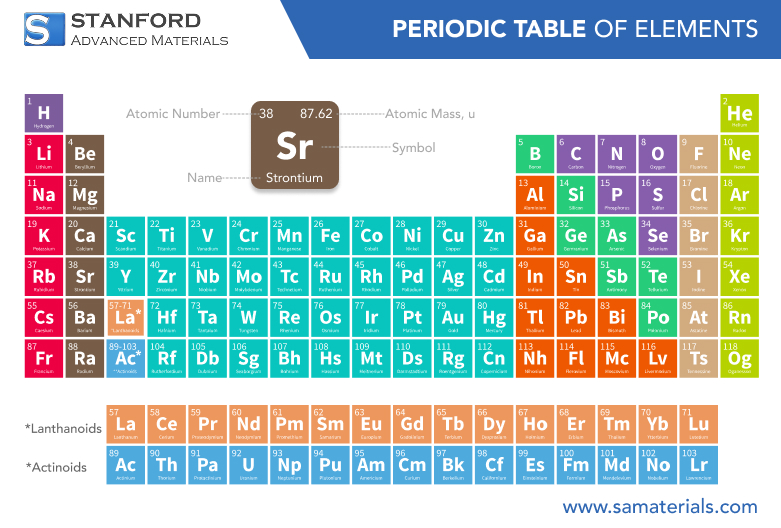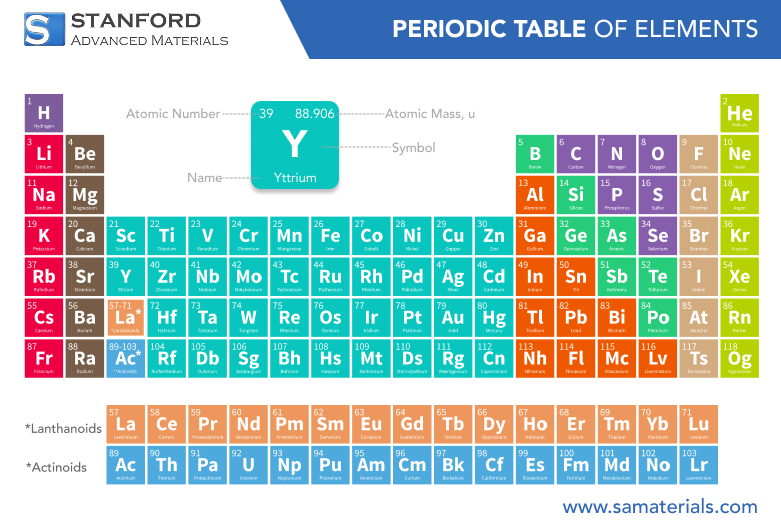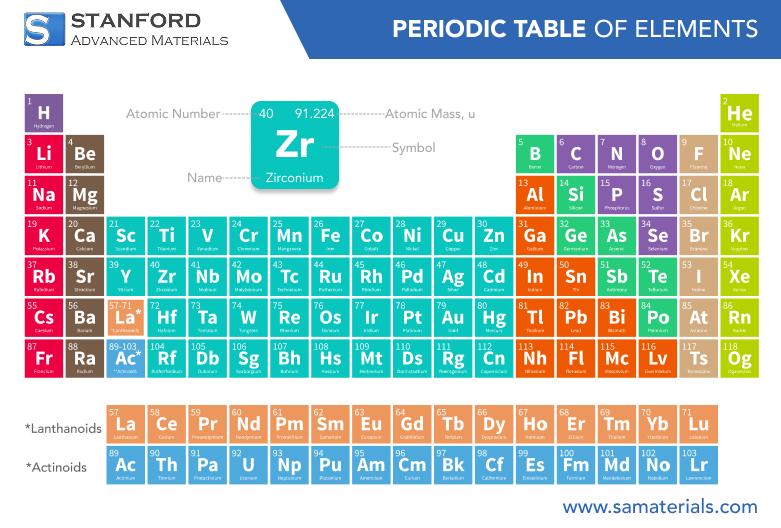Potassium: Element Properties and Uses
Description
Potassium is a highly reactive chemical element essential for various biological and industrial processes. It plays an important role in both plant and animal life.
Introduction to the Element
Potassium (K) is a chemical element with the atomic number 19. It is a member of the alkali metals group on the periodic table, sharing properties with other elements like sodium and lithium. This soft, silvery-white metal is essential in biological systems and is abundant in nature, primarily found in various minerals.
Potassium is notable for its high reactivity, especially with water, and is an important component in fertilizers, making it crucial for agricultural purposes. It is also widely used in industries ranging from manufacturing to medicine.
Chemical Properties Description
Potassium is highly reactive, especially with water, and forms potassium hydroxide (KOH) and hydrogen gas when it reacts with water. This reaction is exothermic, meaning it releases heat. Due to its reactivity, potassium does not occur naturally in its pure form but is always found combined with other elements.
When potassium reacts with oxygen, it forms potassium oxide (K₂O) or potassium superoxide (KO₂). Potassium is also reactive with halogens, such as chlorine, forming potassium chloride (KCl), which is an important compound in both industrial and agricultural sectors.
In addition to its reactions with water and oxygen, potassium can form various salts, which are key components in fertilizers, food additives, and even some medical treatments.
Physical Properties
Potassium is a soft metal with a low melting point of 63.5°C (146.3°F). It has a low density compared to other metals and can be cut easily with a knife. Potassium's physical properties make it an ideal candidate for applications that require a lightweight, reactive metal.
Property | Value |
Atomic Number | 19 |
Symbol | K |
Melting Point | 63.5°C (146.3°F) |
759°C (1398°F) | |
Density | 0.862 g/cm³ |
Color | Silvery-white |
Reactivity | Highly reactive with water |
Electronegativity | 0.82 |
For more information, please check Stanford Advanced Materials (SAM).
Common Uses
Potassium has a wide range of applications, both in industry and daily life. It is most commonly used in fertilizers due to its essential role in plant growth. Potassium compounds such as potassium nitrate and potassium chloride are often found in agricultural products to enhance crop yields.
In addition to agriculture, potassium is used in manufacturing soaps, detergents, and in the production of glass. It is also involved in the production of various chemicals like potassium hydroxide, which is used in cleaning products and batteries.
In the medical field, potassium is important for maintaining electrolyte balance in the body, and potassium chloride is commonly used in treatments for potassium deficiencies. Potassium compounds are also used in fire extinguishers.
Preparation Methods
Potassium is typically prepared through the electrolysis of molten potassium chloride (KCl). In this process, an electric current is passed through the molten salt, causing potassium to form at the cathode. This method is essential because potassium does not occur naturally in its pure state due to its high reactivity.
Related Industrial Products
Several industrial products are related to potassium, primarily through its compounds. These include:
- Potassium Nitrate (KNO₃): Used in fertilizers, fireworks, and as an oxidizing agent.
- Potassium Hydroxide (KOH): Used in soap production, cleaning agents, and as a strong base in chemical processes.
- Potassium Chloride (KCl): Commonly used in fertilizers, food processing, and medicine.
- Potassium Carbonate (K₂CO₃): Used in glass production and as a drying agent in the chemical industry.
Frequently Asked Questions
What is potassium used for in fertilizers?
Potassium is crucial for plant growth and helps in water regulation, enzyme activation, and photosynthesis. Potassium-based fertilizers improve crop yields and plant health.
Is potassium toxic to humans?
Potassium itself is not toxic to humans; in fact, it is an essential nutrient. However, an imbalance, either too much or too little, can lead to serious health issues, such as heart arrhythmias.
Why does potassium react so strongly with water?
Potassium is highly reactive because it is an alkali metal, and its single electron in the outer shell is easily lost, which allows it to form compounds rapidly, especially with water.
How is potassium prepared commercially?
Potassium is prepared through the electrolysis of potassium chloride (KCl). This process involves passing an electric current through molten KCl, which causes potassium to separate and form at the cathode.
What are some products made from potassium compounds?
Some common products include fertilizers (potassium chloride and potassium nitrate), soaps (potassium hydroxide), and glass (potassium carbonate). Potassium salts are also used in food and medicine.







